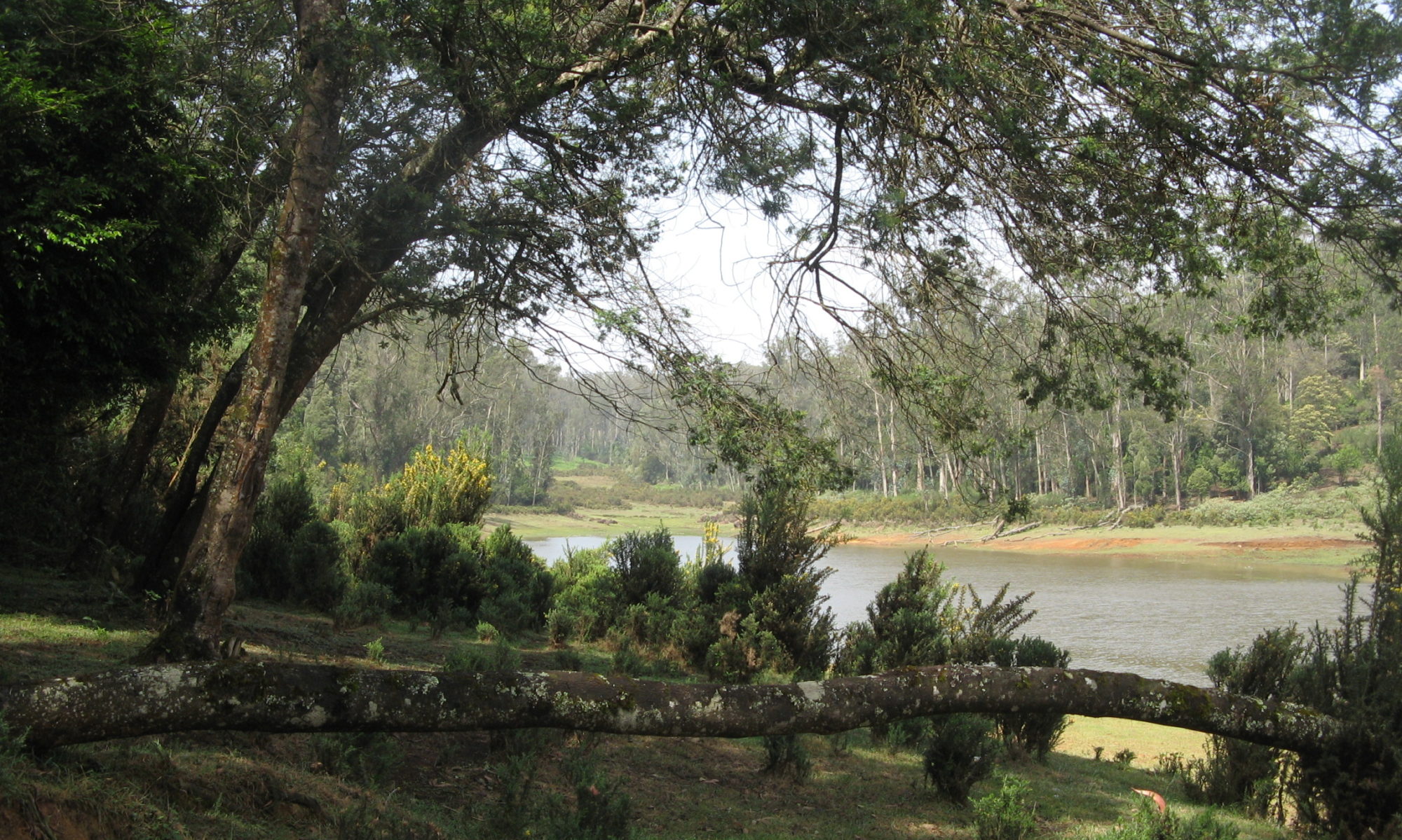II Brother Mattheus
At the sound of the great iron knocker, resounding down the stone-paved corridors, Brother Mattheus came scurrying. A rotund figure, slightly breathless as he pulled open the ancient doors, silently swinging on their well-worn hinges.
‘Welcome, welcome, welcome!’ said the monk, his eyes sparkling with warmth and hospitality. The glow in his cheeks could as much have come from the genuine joy of welcoming a stranger as from the willing effort of bustling down the corridors.
‘Come in, my friend, come in. You must be weary from your travels. We have rest and refreshment for all in need. Come, let me take your cloak and staff. Come and sit with me in our fine refectory, and you will find rest for your soul.’
With what seemed an inordinate flurry of chatter and activity, Mattheus led our pilgrim, somewhat bemused, but chuckling inside, down simple, unadorned halls, to a great refectory where he was greeted by wonderful aromas of fresh home baking. The pilgrim warmed to this bumbling monk: sandal-clad and wrapped in his brown habit. He judged him to be an honest and simple man, who almost fell over himself in his eagerness to please – a genuine longing to make the stranger feel at home.
Sitting the pilgrim down, the brother scurried off to the kitchen, returning moments later with two great mugs of frothy coffee and a great piled plate of muffins and biscuits.
Brother Mattheus took up his coffee and invited the pilgrim to tell him about himself and all his travels. Then, hardly pausing for breath, the monk launched straight into his own tale. In a cascade of information and anecdotes, he told the pilgrim of the life of the monastery and all that went on within and without its doors. He told him of the brother healer and how he, Mattheus, loved to help out in the infirmary – tending the sick, sitting by their bedsides, bringing them cups of tea, cleaning their wounds or mopping their brows. How he would often accompany the Brother Healer on his rounds of the nearby villages, visiting poor families with ailing loved ones.
Brother Mattheus spoke of the village school, where he went twice a week to teach the young ones in religious instructions. How he loved to gather them round him and tell them tales of our Lord, and how he reached out to any in need, or of St Francis and his great love for all creatures. Oftentimes he would linger in the classroom, to help some of the less able children while their teacher guided them through the complexities of maths and grammar. Listening to him, the pilgrim wondered how much he actually helped these youngsters, but concluded that the very presence of a caring, affirming soul might do more for some than any amount of carefully constructed pedagogy.
The Brother spoke of the gardens and the fields, how each day he would spend a couple of hours with the Brother Gardener, tending the plants, pulling up weeds, or preparing beds for planting out seedlings. He loved his time in the garden – whatever the weather. Spending time in good, wholesome labour, with God, in God’s good creation, always lifted his soul. He spoke of the immense excitement, at Harvest time each year, as the monastery transformed to a hub of activity, with all the preparations for the great Harvest Festival. For days beforehand they would clean and tidy, inside and out. Having brought in the crops, they would select out the very best of their produce and lay them out in the chapel. And then, on the day of the feast, all the villagers from miles around would join the monks in a celebration of goodness – singing hymns in the chapel, then sitting down, side by side, to enjoy a feast together: old and young, rich and poor, tasting of God’s bountiful goodness.
On those days, more than ever, Brother Mattheus loved to help in the kitchens: carrying and fetching; chopping vegetables; kneading and baking bread and cakes. Surely, he mused, there was no better place on earth than a kitchen, where you could not only roll up your sleeves and serve others in good, hard work, but at the same time enjoy all the little titbits and morsels as you went along.
And he told the pilgrim of the regular prayers of the monastery, the daily rhythm of the hours: Vigils; Lauds; Terce; Sext; None; Vespers; and Compline.
The pilgrim wondered how this brother ever kept quiet during those times. And yet, for all his chatter and effusiveness, he seemed, too, to love these hours: times when he could sit, quiet, in the presence of his Lord. And as he spoke, it was as though this enthusiastic, eager monk seemed to drift into another place. He spoke quietly now, with a slower pace, and with a reverence that had somehow previously been hidden.
Mattheus told him of the chapel, of the chanting of the monks and the reading of the Psalms. He told of the silence of the cloister in the cool of the day. And he told of Brother Reginald, tucked away in his reading room, day after day, deep in his studies and oh, so very clever.






